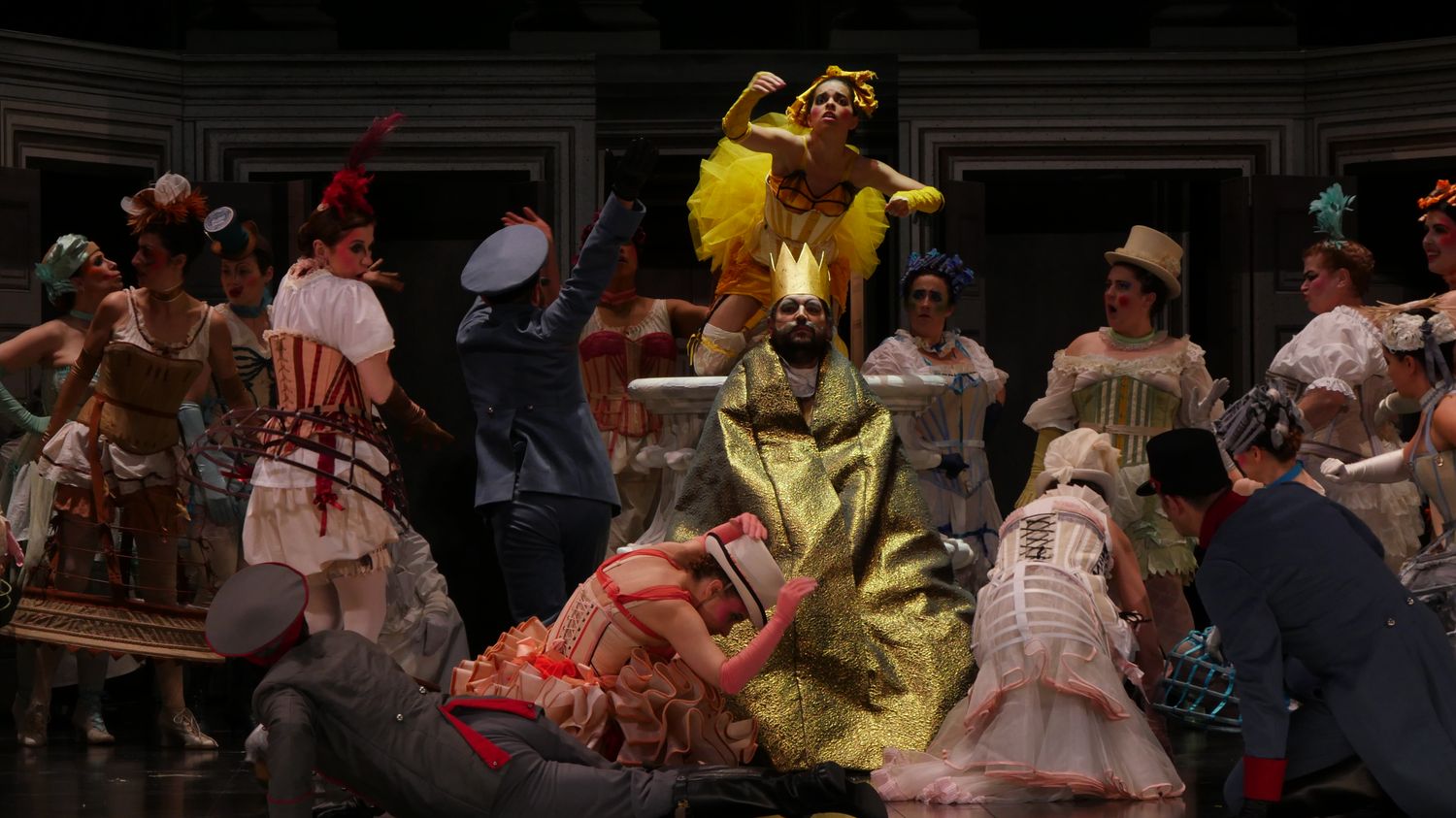Jules Massenet’s “Cinderella” is in the spotlight at the Opéra de Limoges where the director, decorator and costume designer Ezio Toffolutti offers a flamboyant vision of it.
Co-produced by Angers Nantes Opera And Limoges, this Cinderella by Jules Massenet will have been desired since it was to be played in early 2020. The pandemic has upset the schedule and distanced the public from cultural venues. However, it would be a shame to deprive yourself of this version, hailed by critics for its magic and its accuracy. The last performance took place this Tuesday, May 16.
Cinderella aka Lucette
Created in 1899 at the Opéra Comique in Paris, Cinderella is not the most represented work of Jules Massenet. It’s the playwright and librettist Henri Cain (1857-1937) who proposed to the composer to adapt Charles Perrault’s famous story. If Cain stayed with him overall faithful, it also offers its own rewrite. For example, he chooses to give first names to the characters. Cinderella is thus called Lucette, her father Panolfe, and the famous stepmother Mme de la Haltière. A process that helps to give more psychological depth to the characters.

Women in the spotlight
Debussy considered Massenet as “a Hmusical historian of the female soul”. In this opera, female voices are largely honored with compositions that appeal to all registers of female voices: from contralto to coloratura soprano. Note that the only man in the cast is Pandolfe, played by baritone Matthieu Lécroart. Here, Cinderella is carried by the soprano Hélène Carpentier and the role of Prince Charming is also played by a woman, the mezzo-soprano Héloise Mas.
Surprisingly but “it’s also a way to put him on an equal footing with Cinderella. Both are teenagers, inexperienced beings who gropeexplains the director Ezio Toffolutti. I love this idea that Cinderella and Prince Charming are playing discover themselves. It is also interesting to note that Massenet composed this work at a time when Freud was know his theories on psychoanalysis”, specifies the one who did not know either Cinderellanor any other work by Massenet before working on this opera.

An inspired scene
Hailed by critics, his staging is also based on real work in terms of sets and costumes, another string to the bow ofEzio Toffolutti. In this show, both make sense. Thus in this scene where we see the stepmother (Julie Pasturaud) and her two daughters (Noémie and Dorothée played respectively by Caroline Jestaedt and Ambroisine Bré) going to the ball, he wanted us to be able to see the undergarments of women going to the ball, with an apparent structure. We must not forget that Cinderella depicts a patriarchal society where young women are practically ready to sell out for the Prince. For their part, Cinderella and the Prince wear Empire-style costumes because at that time, the female body is more highlighted.
On the music side, Irish-American conductor Robert Tuohy directs the Orchestra and Choir of the Limoges Opera. The choreographies signed Ambra Senatore are carried by the dancers of the CCN of Nantes.

“Cinderella” by Jules Massenet at the Limoges Opera
